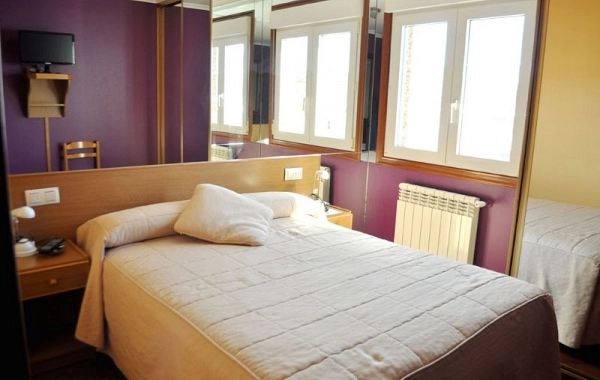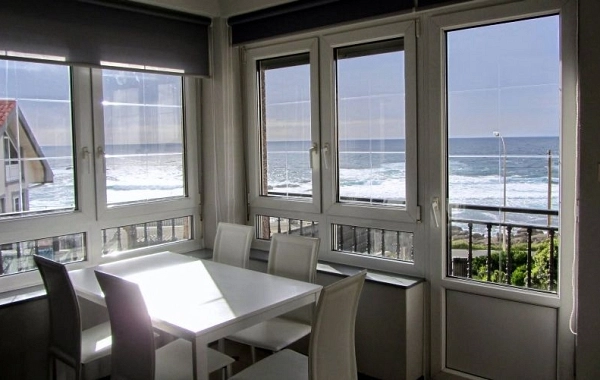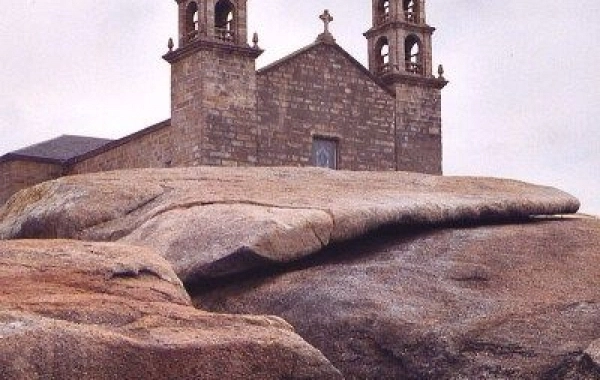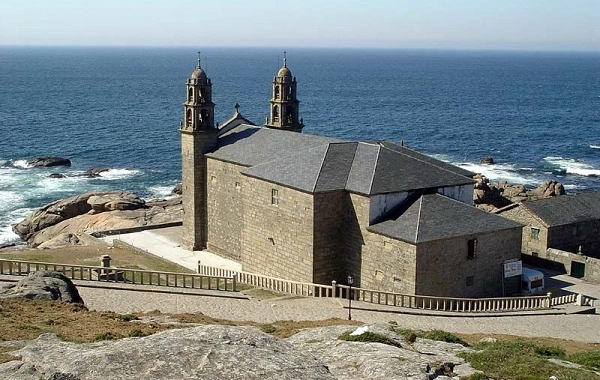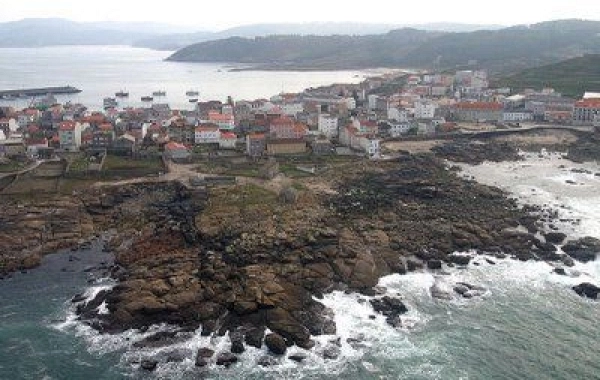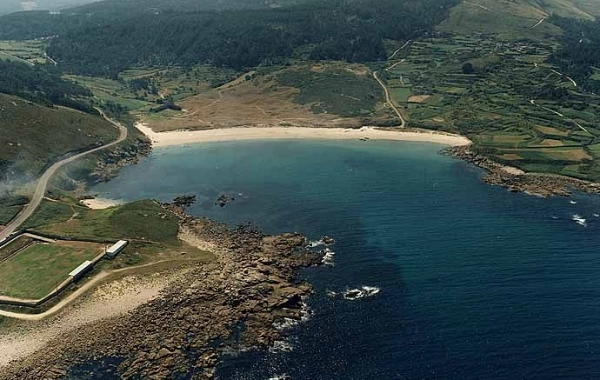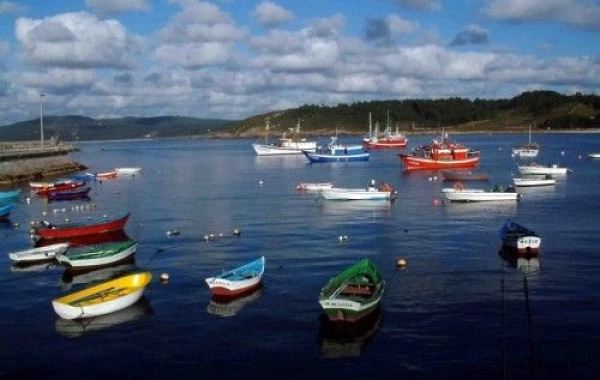FT04 - Fisterra - Muxía - 28,8 km
Distance29 Km.Related packages
The Camino de Santiago: From Fisterra to Muxía
According to tradition, the Virgin Mary arrived in a stone boat at what is now the santuario de A Barca in Muxía to encourage the apostle James in his missionary work in the northwest of the Iberian Peninsula. This event is the origin of the significant Jacobean connection to this place, which has been part of the Jacobean routes since the Middle Ages.
Distance between Fisterra and A Barca
The distance between Fisterra and Muxía is 31 kilometers. Along the way, pilgrims make several notable stops, starting with the Church of San Martiño de Duio, a place linked to the legend of the vanished Roman city of Dugium. It is believed that this was where the Roman legacy resided, and that the disciples of Santiago came here to request permission to bury the apostle’s remains in Tierra Compostela.
The Camino: Villages, Fields, and Forests
The route advances through traditional villages, farmlands, forests, and with the constant presence of the sea. During the journey, pilgrims can enjoy O Rostro beach, a rugged place that offers unique natural landscapes, and reach the small ría de Lires, known for its rich birdlife. Additionally, the route presents interesting examples of Galician rural architecture, with notable churches, such as Santa Leocadia de Frixe and Santa María de Morquintián, both of Romanesque origin.
The Final Effort: Alto de As Aferroas
The last effort before reaching Muxía is the climb to Alto de As Aferroas, at 289 meters, from where broad views of the coast can be enjoyed. The Lourido beach marks the gateway to Muxía, a town located in a spectacular coastal setting. Founded in the 12th century, Muxía is famous for its Carmen festival, held every July with a colorful maritime procession filled with tradition. The town is known for its fishing economy and lace craftsmanship.
The Sanctuary of A Nosa Señora da Barca
The santuario de A Nosa Señora da Barca is the final destination of this section of the Camino de Santiago. To reach it, pilgrims must circle around Monte Corpiño, following the Camiño da Pel. This name refers to a fountain that once existed nearby, where pilgrims would cleanse themselves as a symbol of purification and respect before entering the sanctuary. This act of cleansing symbolizes the end of the route, a moment of spiritual connection that closes the pilgrimage cycle.
Conclusion: A Spiritual End in Muxía
The route between Fisterra and Muxía is a path filled with history, tradition, and natural beauty. From rural villages to stunning coastal landscapes, the Camino de Santiago offers pilgrims a meaningful conclusion, especially with the arrival at the santuario de A Nosa Señora da Barca, a place of special significance in Jacobean tradition.




